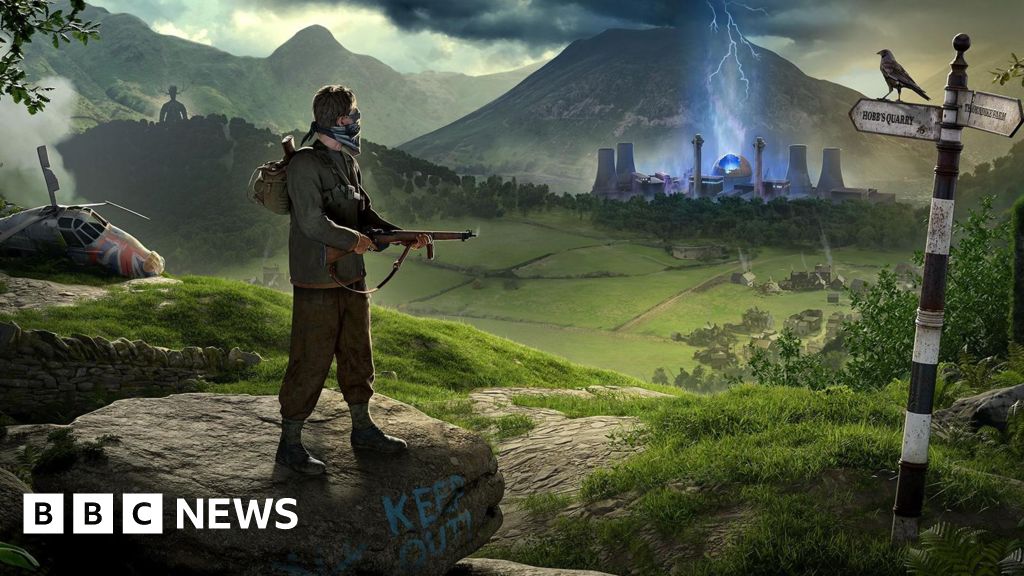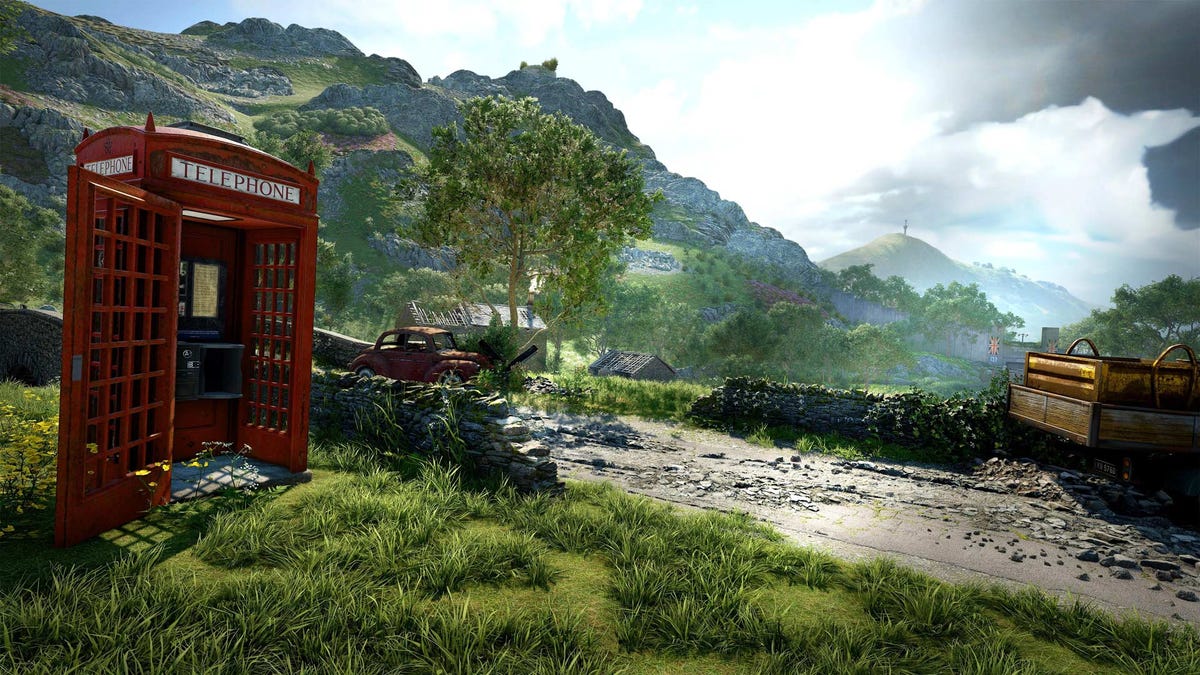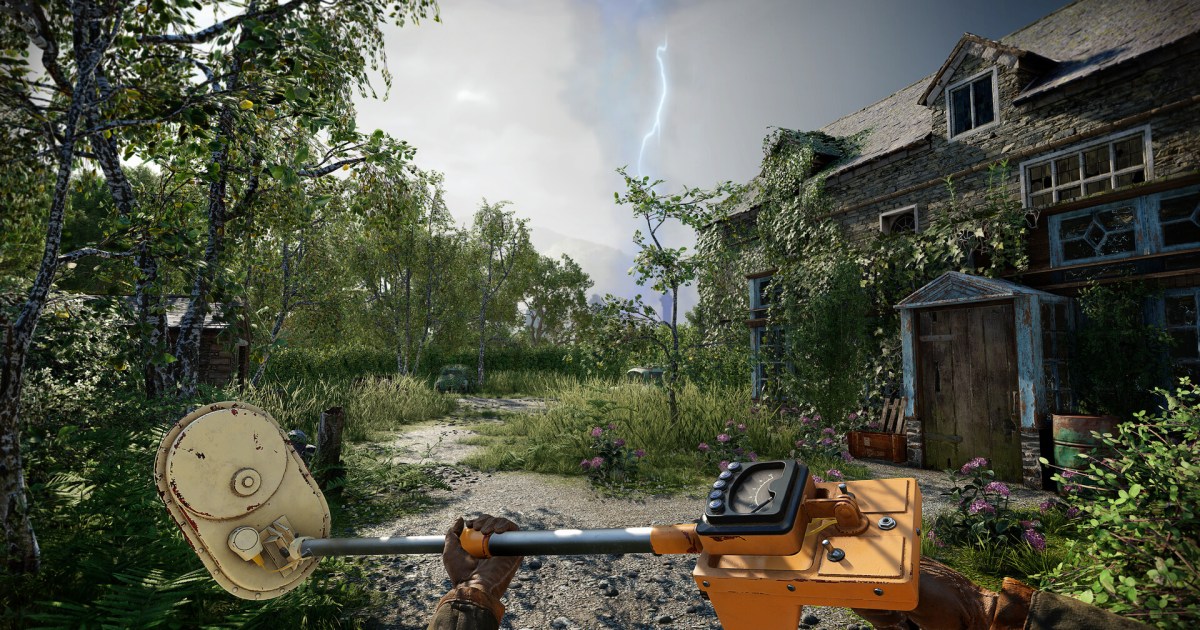**Atomfall: How a Forgotten Nuclear Disaster Inspired a Gripping Video Game**
In 1957, a fire at the Windscale nuclear facility in Cumbria, England, became one of the worst nuclear disasters in British history. Yet, decades later, the incident faded from public memory—until now. The upcoming video game Atomfall has resurrected this forgotten catastrophe, blending history with survival-horror gameplay to create an immersive experience. Developed by Rebellion, the studio behind the Sniper Elite series, Atomfall transports players to an alternate-reality version of post-disaster Cumbria, where mutated creatures and irradiated landscapes dominate. But how did this real-life tragedy inspire a video game, and why does it matter today?

Photo: Via BBC News / BBC News
Caption: The eerie, post-apocalyptic landscapes of Atomfall draw direct inspiration from the real-life Windscale disaster. (Source: BBC News)
The Windscale Disaster: A Forgotten Chapter in Nuclear History
On October 10, 1957, a reactor fire at the Windscale Pile No. 1 released radioactive material into the atmosphere, contaminating nearby farmland and exposing thousands to dangerous radiation levels. Though the British government downplayed the incident at the time, it remains the UK’s worst nuclear accident. The disaster was caused by a combination of human error and flawed reactor design. Workers attempting to release built-up energy (a process called "Wigner energy") accidentally ignited the reactor’s graphite core. The fire burned for days, releasing iodine-131 and other radioactive isotopes. While no immediate fatalities were reported, long-term health effects—including increased cancer rates—were later linked to the fallout. Despite its significance, Windscale was overshadowed by later nuclear disasters like Chernobyl and Fukushima. Atomfall seeks to change that by weaving historical elements into its narrative.
From History to Horror: How Atomfall Reimagines the Disaster
Rather than a strict retelling, Atomfall takes creative liberties, imagining a world where the disaster was far worse—and far stranger. Set in an alternate 1950s Britain, the game blends survival mechanics with eerie, folk-horror aesthetics. Players must scavenge for supplies, fend off mutated creatures, and uncover government conspiracies in a quarantined zone. The game’s developers have cited classic British sci-fi and horror—such as Quatermass and The Wicker Man—as influences. But the real-life Windscale disaster grounds the experience in unsettling realism.

Photo: Via Kotaku / Kotaku
Caption: Survival in Atomfall requires careful resource management and combat strategy. (Source: Kotaku)
Why Video Games Are Uniquely Suited to Explore Historical Disasters
Video games offer something books and documentaries cannot: immersion. By placing players directly in a reimagined version of Windscale, Atomfall forces them to confront the consequences of nuclear negligence. Other games, like Chernobylite and S.T.A.L.K.E.R., have similarly used real-world disasters as backdrops for fictional stories. These games don’t just entertain—they educate, sparking curiosity about forgotten or overlooked historical events. Atomfall follows this tradition, using gameplay mechanics to emphasize survival in a hostile environment. Radiation poisoning, scarce resources, and unpredictable threats all mirror the real-world dangers of nuclear contamination.
The Ethical Dilemma: Balancing Entertainment and Sensitivity
Using real-life tragedies as game settings can be controversial. Some argue it risks trivializing suffering, while others see it as a way to keep history alive. Rebellion has taken care to approach Atomfall with respect. While the game is fictional, its roots in Windscale’s history add weight to its storytelling. By blending horror with historical inspiration, Atomfall doesn’t exploit the disaster but rather recontextualizes it for a new audience.

Photo: Via Digital Trends / Digital Trends
Caption: Players must use tools like the metal detector to uncover secrets in Atomfall’s irradiated world. (Source: Digital Trends)
Conclusion: Why Atomfall Matters Beyond Gaming
Atomfall is more than just another survival game—it’s a cultural artifact that revives a forgotten piece of history. By merging real-world events with speculative fiction, it invites players to reflect on nuclear safety, government transparency, and the long shadows of industrial disasters. As video games continue to evolve as a storytelling medium, titles like Atomfall prove they can be powerful tools for historical engagement. Whether you’re a survival-horror fan or a history buff, this game offers a chilling—and thought-provoking—experience. Would you brave the irradiated wilds of Atomfall? One thing’s certain: after playing, you’ll never forget the Windscale disaster again.